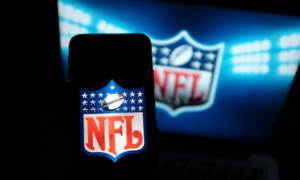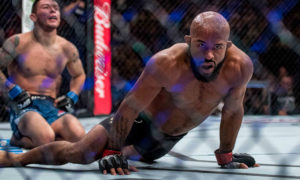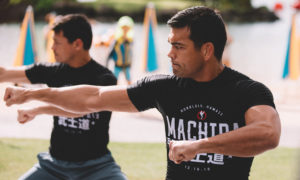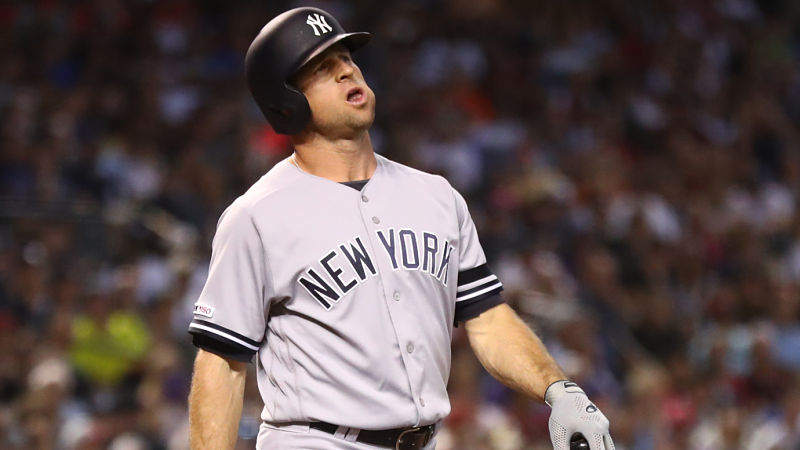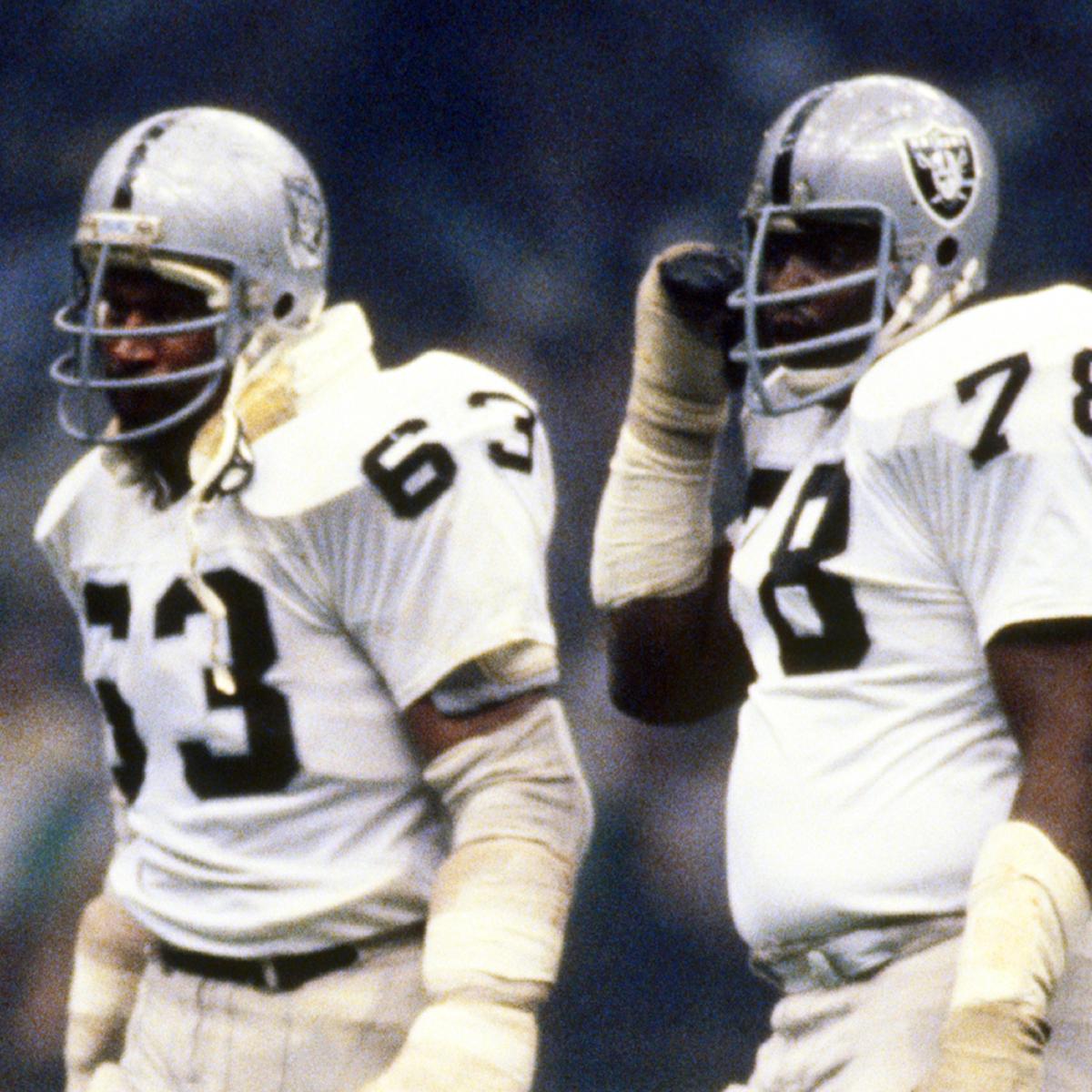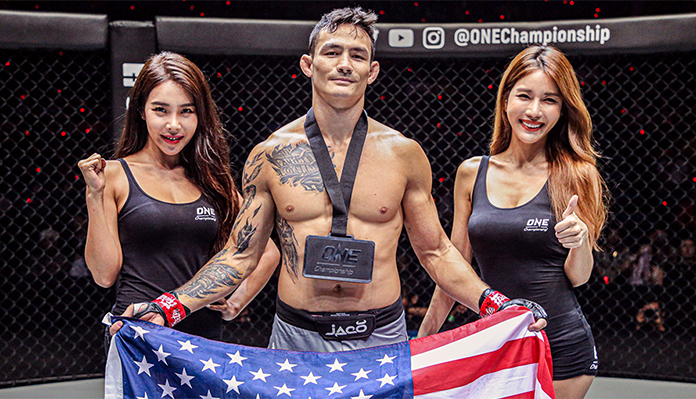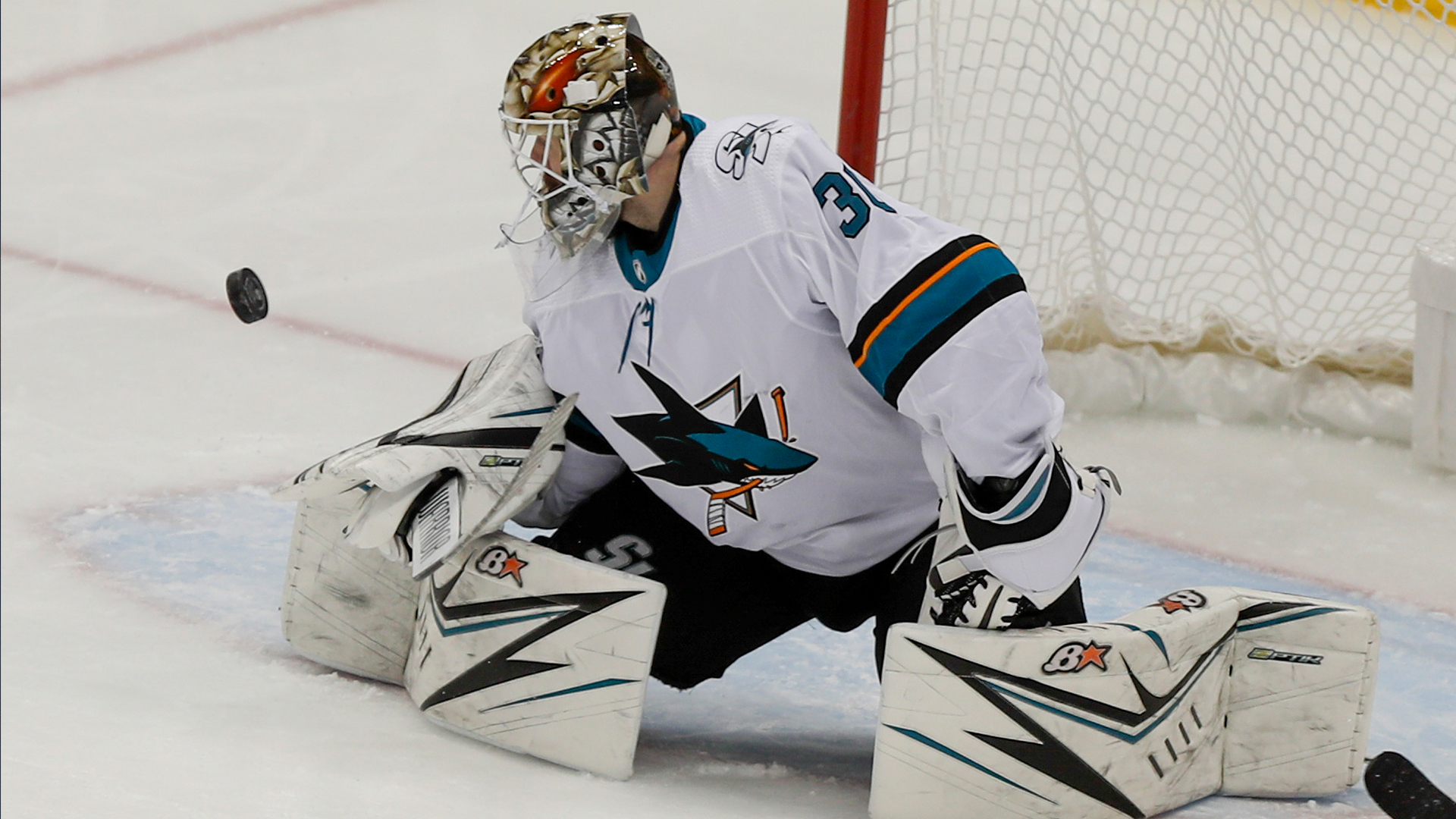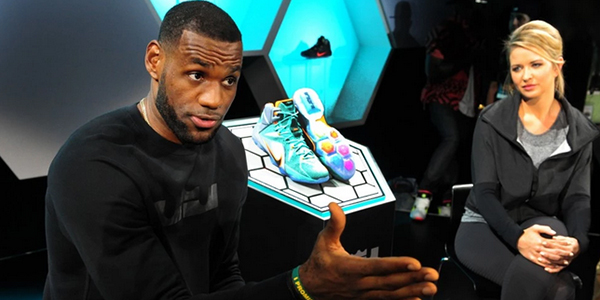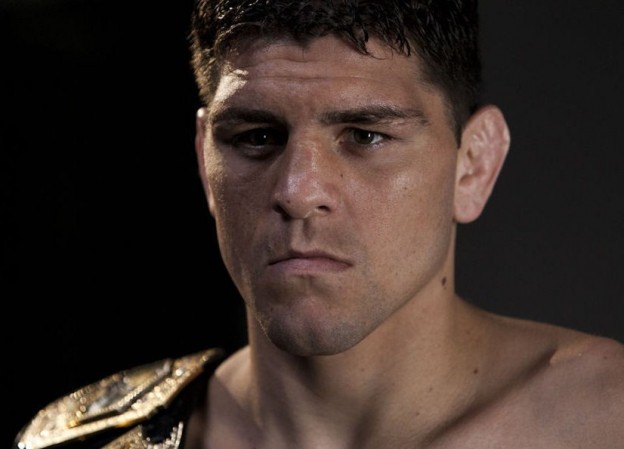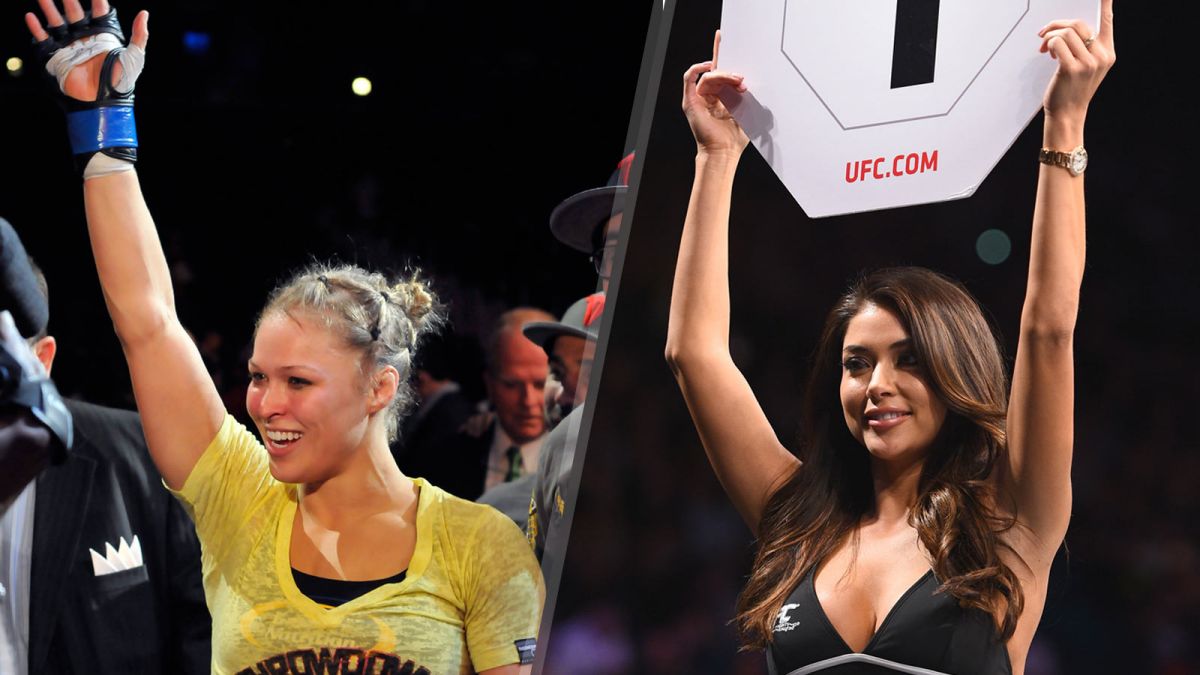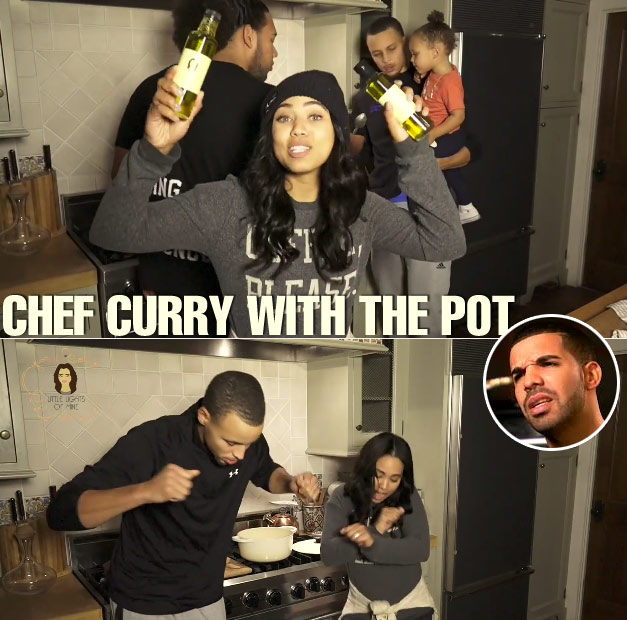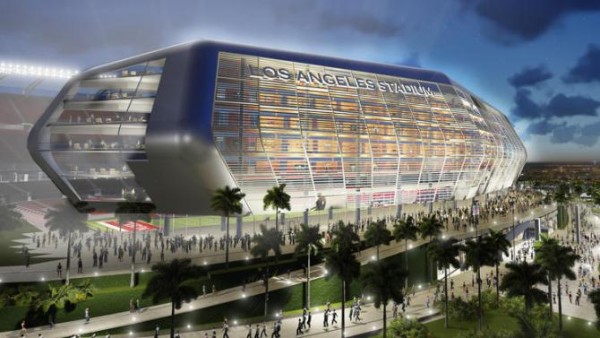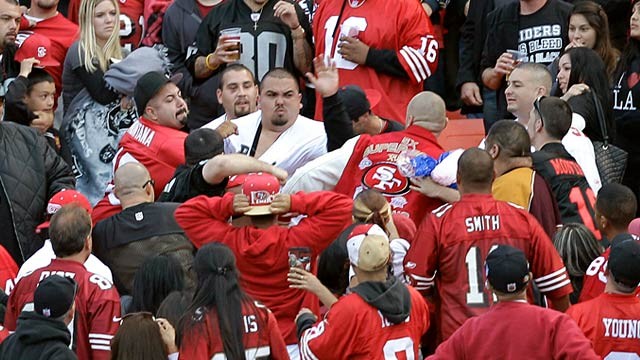The Warriors have a few options to explore ahead of the NBA draft. The Crossover breaks down what’s on the table for Golden State.
By now, you’ve probably heard that the Golden State Warriors will—probably—trade the No. 2 pick in this year’s draft. This particular subject is something we’ve covered speculatively for nearly a year, dating back to Stephen Curry breaking his hand in October 2019, an injury that banished the Warriors to the league’s basement and ended Golden State’s extended stint as the NBA’s dominant franchise. With Curry and Klay Thompson on the mend and ready to return, Golden State has renewed designs on contention, a number of intriguing trade pieces at its disposal to reshape the roster this off-season, and sits at a juncture of the draft where there should be a trade market, if played correctly.
How the Warriors decide to approach this decision will naturally have a trickle-down effect on the flow of the draft. Those implications are further muddled by an overall lack of consensus surrounding the top available prospects. For example, last year, dangling the No. 2 pick in trade talks would have meant the rights to draft Ja Morant (and sleep soundly). This time around, Golden State will be offering access to two of James Wiseman, LaMelo Ball, and Anthony Edwards, all three of whom are far more nebulous to evaluate. Rival teams’ interest in the pick will of course depend on which players are on the board, which then hinges on what Minnesota does at No. 1. So as we dive in to the logical flow of key items here, the Timberwolves are a logical place to start.
Making sense of Minnesota
This could and may yet warrant a separate piece, but it’s hard to place value on the No. 2 pick without having a bead on what happens at No. 1. As of right now, this is what I believe to be true about the Timberwolves’ situation. There is no obvious, ideal fit for Minnesota available. The pick itself as an asset should, in theory, be worth more to other teams, who can slide Edwards, Wiseman or Ball more comfortably into their future plans at their initial contract value. Based on those two statements alone, it seems obvious that the Wolves would strongly consider trading back in the draft and maximize their own value proposition.
It does not take rocket science, however, to posit that Minnesota might have trouble actually dealing the top pick when in truth, no team wants the burden of picking first in this particular draft all that badly. Dating back to lottery night, the prevailing thought I’ve heard from opposing teams is that Minnesota will end up staying put and taking Edwards, who is the best fit in terms of skill set and also the easiest sell from a broad optics perspective. Plus, Glen Taylor is in the process of selling the Timberwolves, and as a rule of thumb in pro sports, team ownership rarely signs off on massive changes before passing the baton. If there’s more clarity on that front, circumstances can certainly change.
Once it becomes fully clear what Minnesota will do, Golden State can start operating on firmer footing with respect to a trade. But for now, the soft assumption is that the Warriors will be dealing with teams primarily interested in drafting Wiseman or Ball.
What does Golden State have to work with?
Assuming Stephen Curry, Klay Thompson and Draymond Green aren’t going anywhere, the Warriors have the following notable items to consider in trade talks.
– Andrew Wiggins (due $29.5 million in base salary next season, $94.7 million over the next three seasons)
– The No. 2 pick (rookie scale contract value for this slot started at $8.73 million last season)
– $17.2 million traded player exception (created via the Andre Iguodala deal with Memphis, originally set to expire July 7)
– Protected 2021 first-round pick (from Minnesota in the D’Angelo Russell trade, protected top-three in 2021 and unprotected in 2022)
– Own first-round picks in 2021 and 2022, pick swap optionality on 2023 first-rounder (Golden State owes its 2024 first-rounder to Memphis with light rolling protections through 2026)
– Six smaller trade exceptions created in various deals, the largest worth $2.1 million (created in the Willie Cauley-Stein trade with Dallas)
– Smaller contracts headlined by Kevon Looney (due $4.8 million next season)
What could a trade involving the No. 2 pick look like?
The most important thing to remember is that the Warriors are staring at the NBA’s largest luxury tax bill, with the league on whole in tough financial straits and operating with revenue losses in mind. The current thought around the league is that the Warriors will be careful not to add to their payroll in any significant fashion. The $17.2 million Iguodala trade exception originally expired on July 7, and that date will be adjusted with the rest of the new league calendar, so the TPE likely expires the week after free agency begins. This is a logical opportunity (and their last chance) to use that exception to improve the team. Note that teams cannot use traded player exceptions to absorb more than one player’s salary onto their payroll, and that trade exceptions can’t be combined, so the type of moves they can make here are limited in that respect.
Golden State is in an exceedingly tricky position, with a need to balance the financial strain of their tax bill, the urgency to use that trade exception, a desire to compete at a high level sooner than later, and the likelihood that any deal involving Andrew Wiggins and his massive contract will cost them additional draft assets. The Warriors made a reasonable gamble taking him on in the D’Angelo Russell trade, which also brought back Minnesota’s valuable 2021 first-rounder, got them off of Russell’s money (and eliminated fit concerns with their backcourt), and maintained future salary-matching flexibility in potential trades for another star player. In the same way that Russell was a temporary makeweight that ensured some return on Kevin Durant’s exit, Wiggins is probably best viewed as a bridge to something bigger. The problem is that a vast majority of the NBA views his contract as a major negative value proposition, complicating trade possibilities.
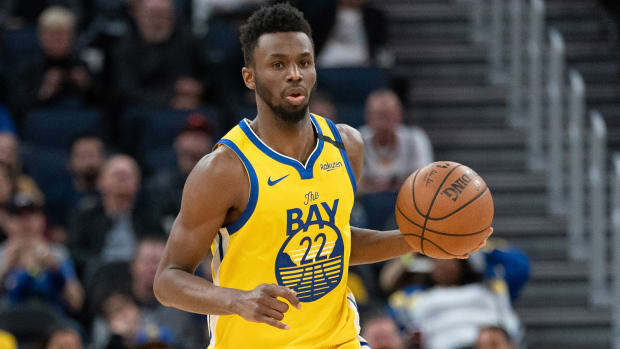
Here are a few sample trade frameworks as food for thought.
Idea I: Andrew Wiggins, the No. 2 pick and the 2021 Minnesota first to Atlanta for Clint Capela and the No. 6 pick
The idea here from the Warriors’ perspective would be to get off of Wiggins’ money immediately and reduce the tax bill while also addressing a need at center with Capela, still grabbing a rookie they like for the future at No. 6, and creating a new, massive $29 million trade exception by sending Wiggins into Atlanta’s cap space. They would likely have to give up the additional trade asset for the Hawks to consider taking on Wiggins, who clutters their rotation of young wings and beefs up their payroll. But for Golden State, this would likely be something to consider: their rotation gets bigger and more athletic with Capela, the roster can still get younger by adding a rookie, they save a significant amount of cash in the process, and retain the optionality to try and trade for another star in the future using the new, much larger exception. While you’re punting on the chance to try and grow Wiggins’ trade value in-house, this might be the only juncture in time where the Warriors can neatly move him into someone else’s cap space, maintain that longer-term trade optionality, and push forward. The downside here would be losing Minnesota’s first-rounder, which might come in handy later in a bigger trade.
If there’s a team that can stomach eating the Wiggins money, it’s probably Atlanta, who are still a couple years away from having to hand Trae Young a max extension, and whose roster primarily consists of players on rookie contracts who they’re still evaluating internally. The Hawks would certainly like to push for the playoffs sooner than later, but have to keep the big picture in mind here. This hypothetical operates under the assumption Atlanta would select James Wiseman at No. 2 and letting him split minutes with Dewayne Dedmon for the next couple seasons as the young core jells. The extra draft pick—likely a lottery selection in a loaded 2021 draft class—might be worth it.
This trade actually working would be contingent on the NBA lifting the transaction moratorium prior to the new league year turning over, which allows it to take place in pieces and lets the Warriors fit Capela’s salary into the Iguodala exception, and subsequently enable the Hawks to absorb Wiggins’ contract into cap space. It’s not a groundbreaking deal, but it’s a fairly practical one that accomplishes something useful for both sides.
Idea II: The No. 2 pick and Kevon Looney to Cleveland for Collin Sexton, the No. 5 pick and a future first
In essence, this is a LaMelo Ball trade for the Cavaliers that gives the Warriors a young rotation player in Sexton and an additional trade asset for their trouble. Looney goes back to Cleveland to match salaries with Sexton, saving a little bit of money, and allowing Golden State to use its trade exception in a different deal. This is contingent on the thought that the Cavs would view Ball as a tangible improvement on their current backcourt conundrum, which would make them an interested party for the No. 2 pick and incentivize them to throw in the future first-round pick. Darius Garland’s trade value is somewhat minimal right now, ostensibly making Sexton the more movable of the two guards, and also the more likely candidate to help a playoff team next year. Golden State gets better in the short-term, still gets to select a rookie at No. 5, continues to stockpile future picks, and does all of this without adding to the tax bill.
A different version of this trade could include Andrew Wiggins and Andre Drummond (who is likely to opt in next season but comes off the books after that), but Cleveland would presumably balk at taking on the Wiggins money and prefer something like this, particularly if Ball and not Wiseman would be their target.
Idea III: Wiggins, the No. 2 pick and the 2021 Minnesota pick to Indiana for Myles Turner and T.J. Warren
This is the type of deal that instantly makes Golden State better, breaking Wiggins into two veteran, playoff-ready starters on reasonable contracts by matching salary. This forgoes the opportunity to move back in the draft, but pays immediate dividends and would arguably be worth surrendering the extra first-round pick to get done. The tricky thing here is that the Pacers may be looking to trim short-term salary, and this doesn’t help them in that regard. But it does allow Indiana to consolidate pieces, frees up minutes for Domantas Sabonis and Goga Bitadze, and allows them them to try and get more out of Wiggins, who wouldn’t be a terrible fit on their roster. The other factor for the Pacers moving forward is Victor Oladipo, who has one year left on his deal and may still be traded, but wouldn’t be a perfect fit in a deal like this.
Thinking realistically, this is probably close to an optimal scenario for the Warriors, gaining an immediate, positive on-court return for the two draft picks without taking on short or long-term money. This trade doesn’t use the Iguodala exception, but in theory they could use it to bring in a third piece from the Pacers, or just use it to explore separate deals. Turner and Warren are still relatively young and fit neatly into the rotation. It would be hard to criticize Golden State for parting with draft picks in a concrete win-now decision like this.
Or…just keep the pick
As a closing thought, remember that the Warriors don’t necessarily have to do anything. For example, they can draft Wiseman, groom him long-term and maintain his market value, continue exploring options to trade Wiggins while giving him regular minutes on a good team, hang on to the 2021 Minnesota first to add to the roster for the future, and bide their time until the trade deadline, by which time more star players might be available, and there should also be greater on-court and financial clarity surrounding what they need. Other than the expiring Iguodala exception, they can wait and see what happens without much penalty. Golden State could potentially go star-shopping in 2021 free agency too, ideally armed with the Wiggins contract, the Minnesota pick, and improving younger players to facilitate a sign-and-trade for a better piece.
While the Warriors would surely love to find an agreeable move now, the financial constraints and the growth potential of their various players and picks might make kicking the can down the road a viable option, as well. There’s no obvious, available star for them to target. If a trade doesn’t substantially improve their position, using the No. 2 pick to develop a top rookie for the future is an acceptable fallback. Bottom line, staying opportunistic is the only true requirement.
——————-
Did you miss our previous article…
https://sportsgooru.com/nba/the-story-behind-kobe-bryants-first-nike-signature-sneaker/

